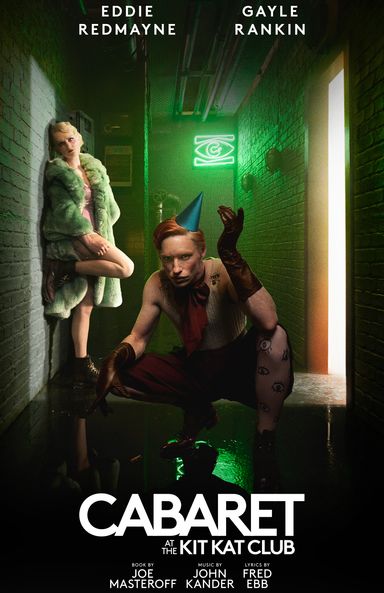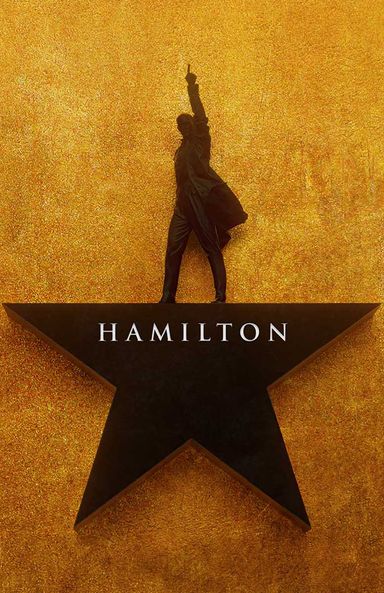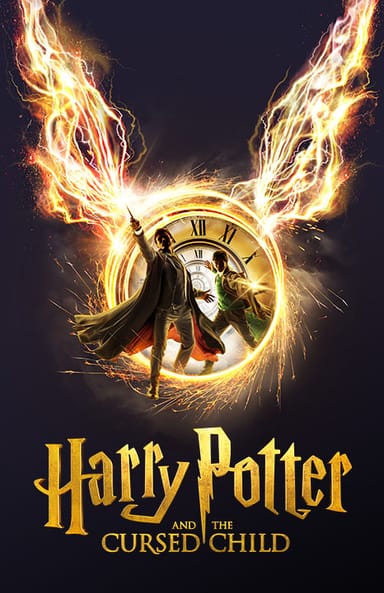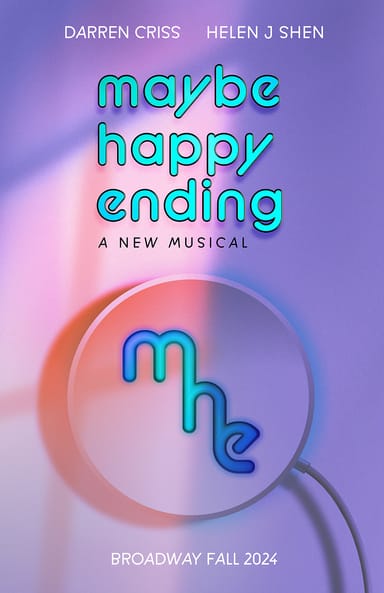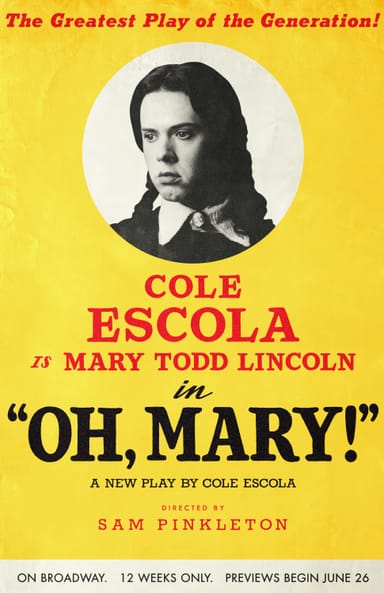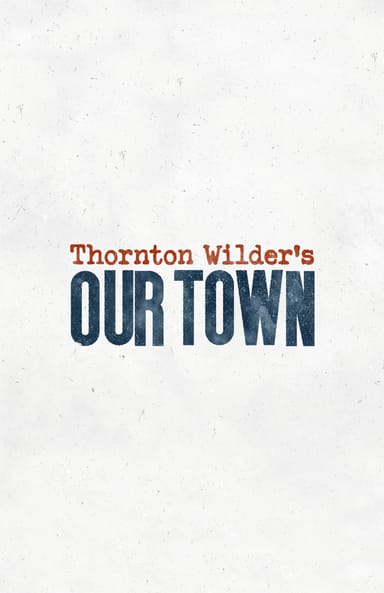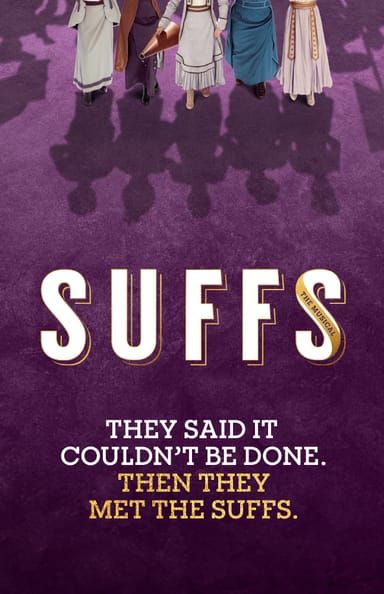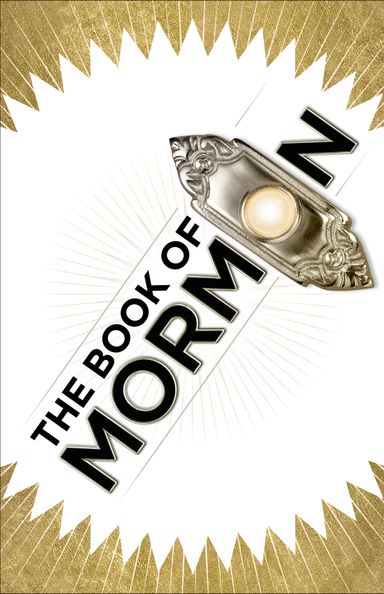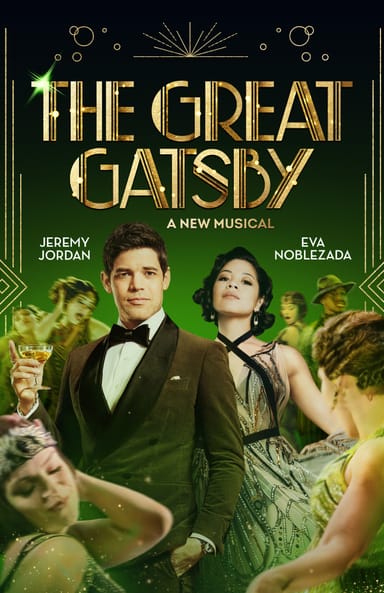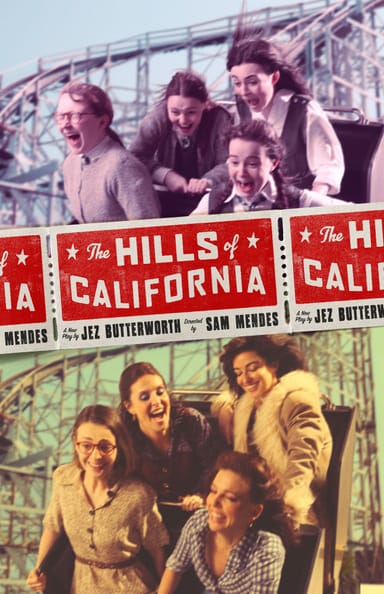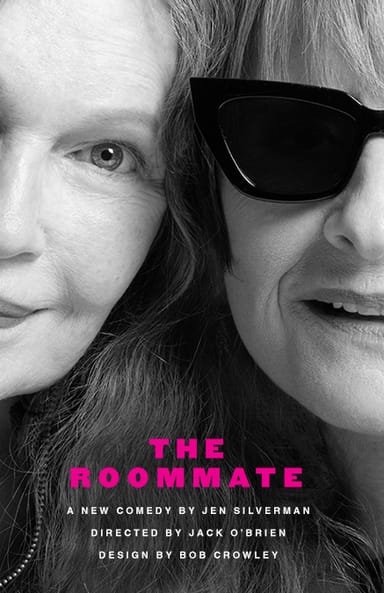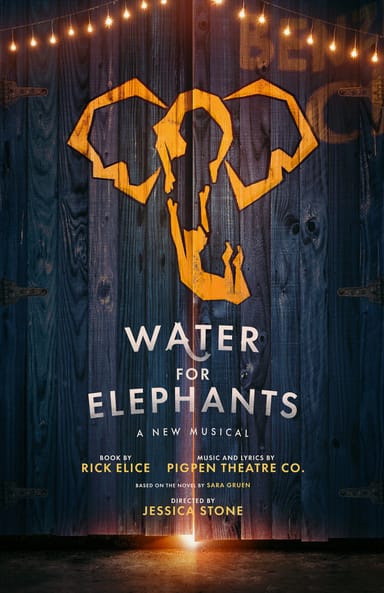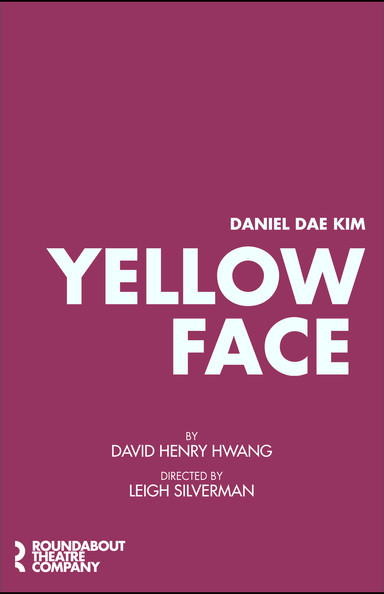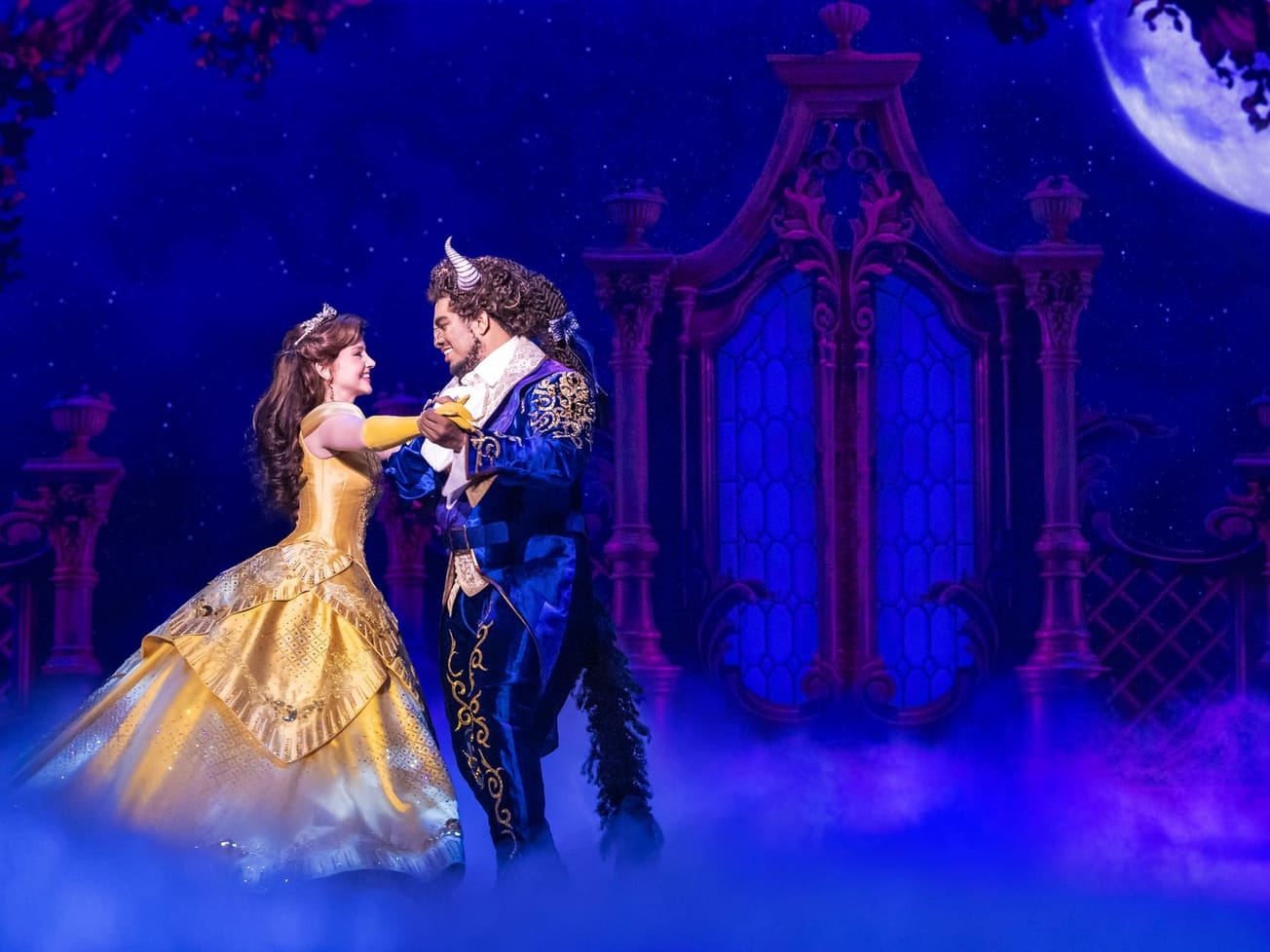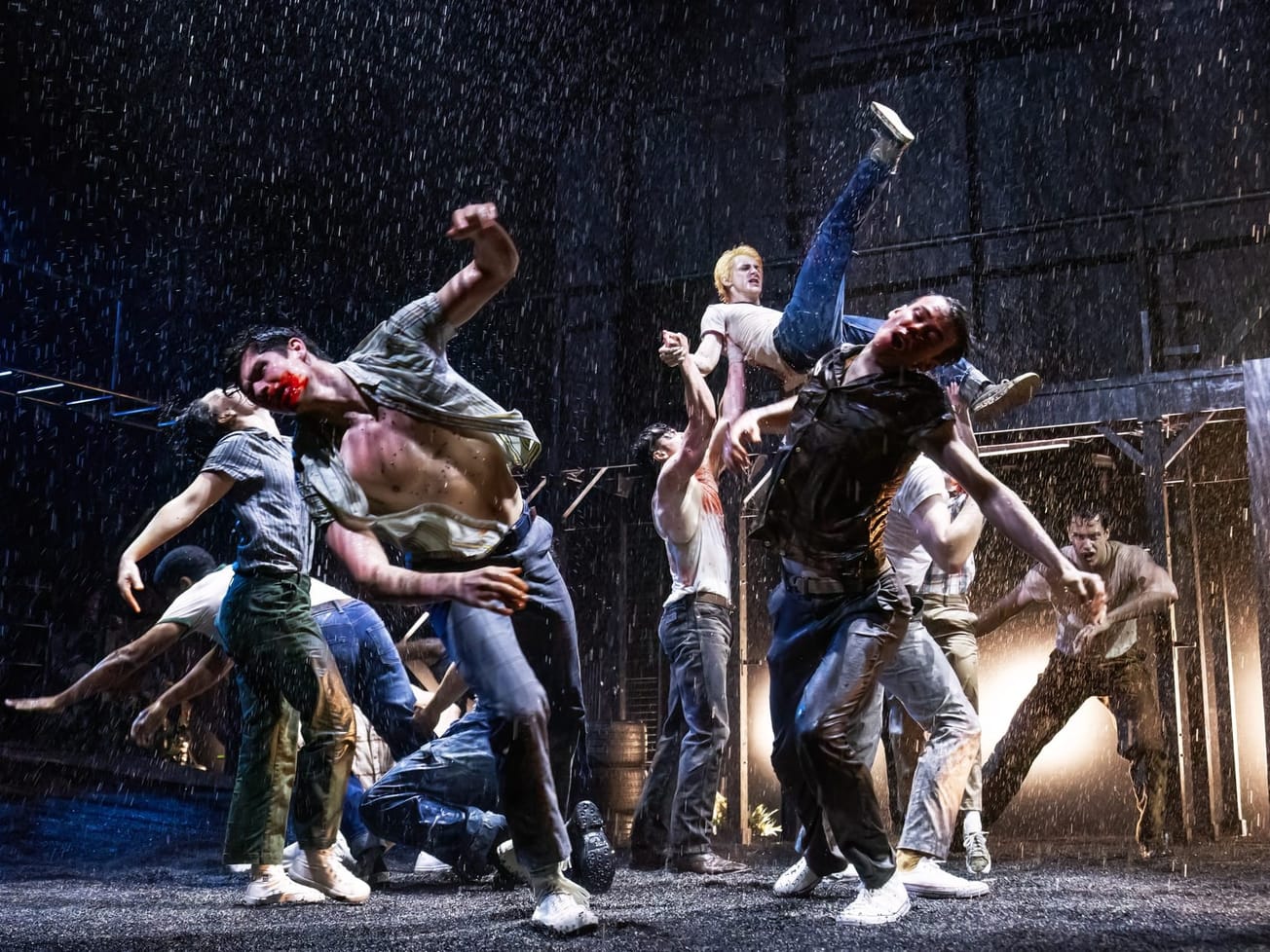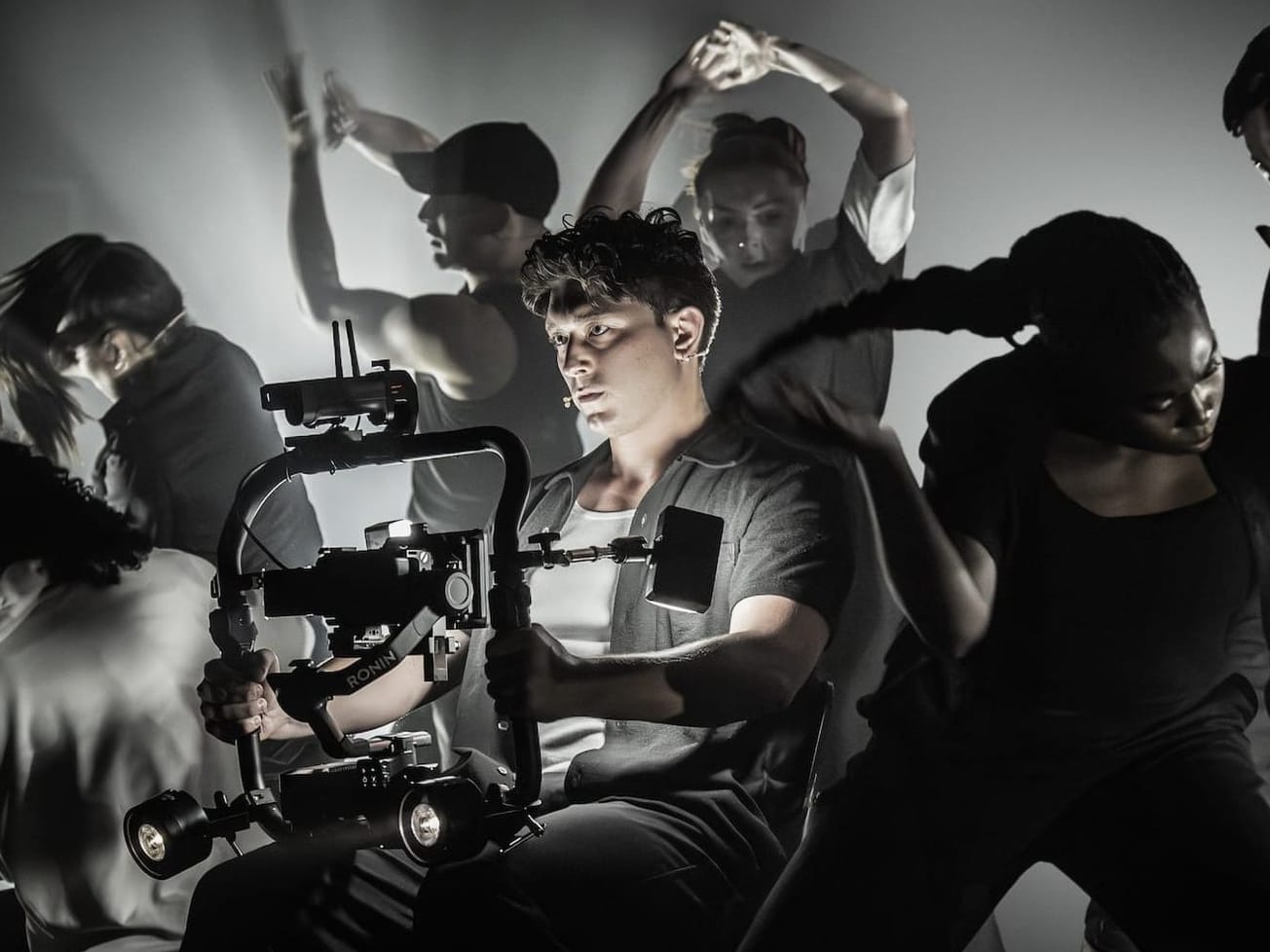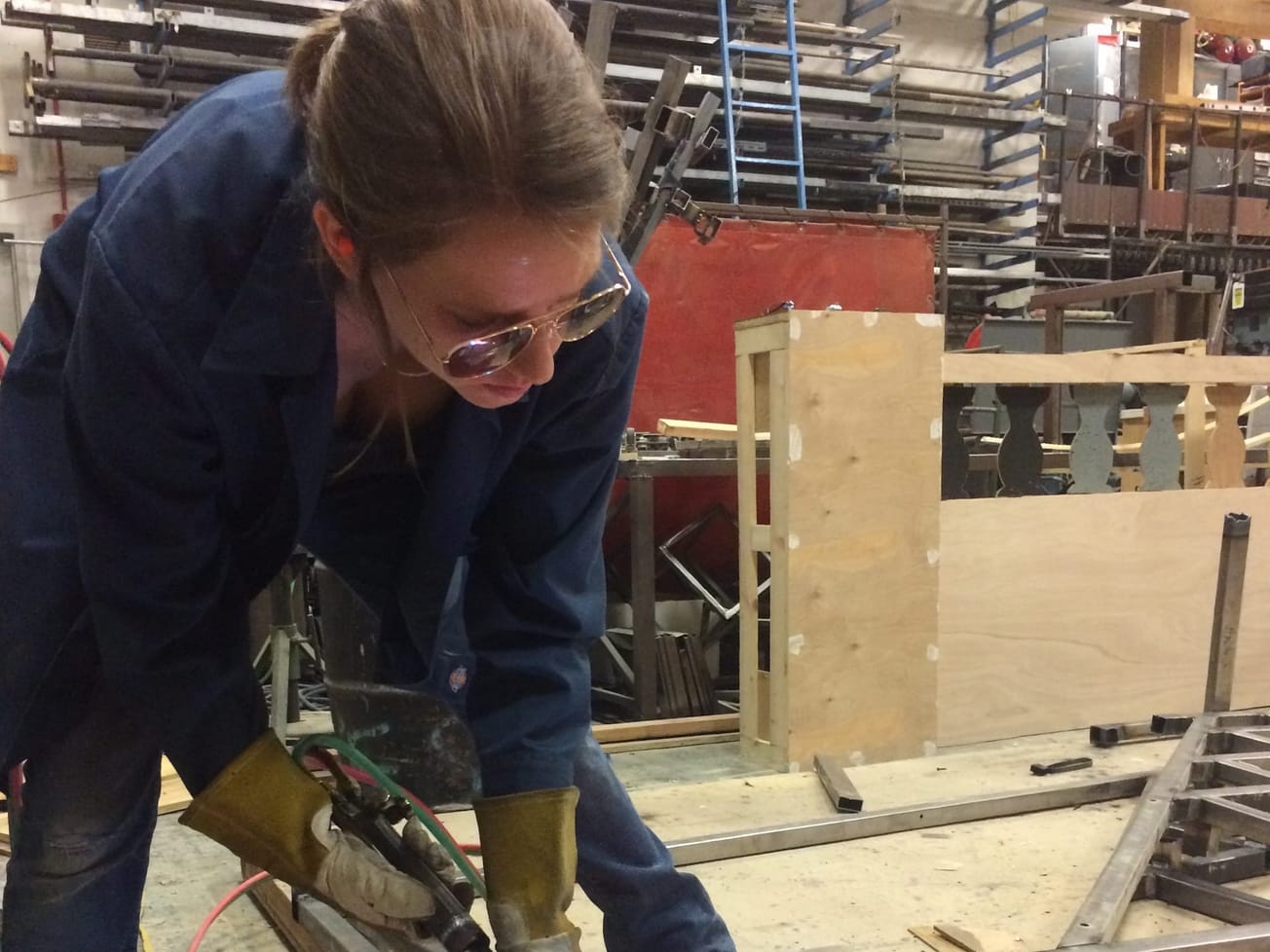Ever since choreographer Agnes de Mille created the “dream ballet” in Rodgers and Hammerstein’s “Oklahoma!,” dance has been used as a storytelling tool of theater. Prior to de Mille’s experiment, dance served primarily as a break from plot. But over the past 80 years, the use of choreography in musicals — and plays — has continued to evolve. The 2022-2023 Broadway season featured a range of choreography, particularly with regards to how much was present in each show and the ways in which it was used.
Across that season’s 15 musicals, choreographers used dance as the main storytelling device and as a supplemental one. Some employed distinct dance sequences to entertain (“KPOP,” for example), move plot (“Some Like It Hot”), embody emotion (“Sweeney Todd”), evoke a time period and develop character (“New York, New York”) or all of the above — while others utilized minimalist staging to help focus on music, lyrics and dialogue (“Into the Woods,” “Kimberly Akimbo,” “Parade”).
The five nominees for the 2023 Tony Award for Best Choreography — “& Juliet,” “KPOP,” “New York, New York,” “Sweeney Todd” and the winner, “Some Like It Hot,” further distilled the range of uses recognized for excellence. As three-time Tony Award-winning choreographer Andy Blankenbuehler noted, “This year [demonstrates], with shows like ‘New York, New York’ and ‘Some Like It Hot,’ that dance serves many purposes and different kinds of audiences enjoy dance for different reasons.”
What’s more, looking at the past five seasons of Tony nominees in this category, one will notice a similarly broad spectrum represented across a small number of productions. For example, in 2018, the Tony nominees included “Harry Potter and the Cursed Child,” “Mean Girls,” “My Fair Lady,” “SpongeBob SquarePants” and the winner, “Carousel.” Choreography differed from lengthy ballets to scene transitions.
Choreography can be used in so many different ways, but its versatility — particularly as seen in the 2022-2023 season — may indicate a current inflection point for the role of dance on Broadway.






